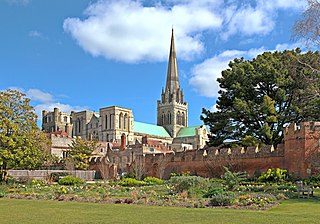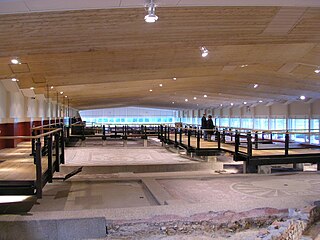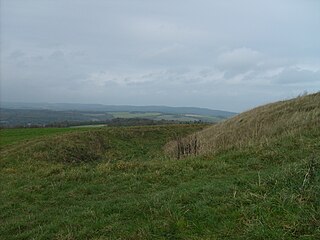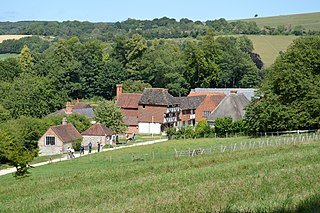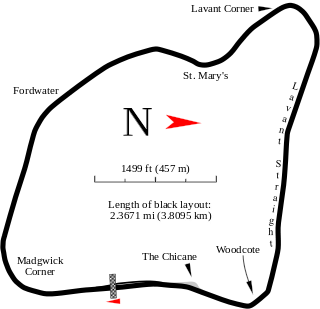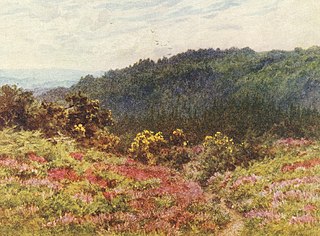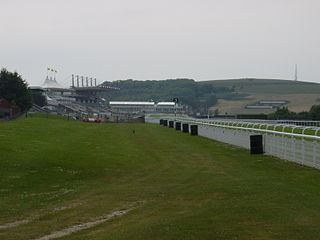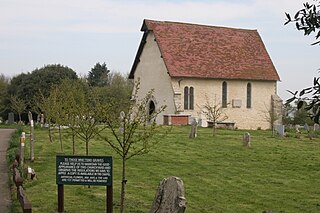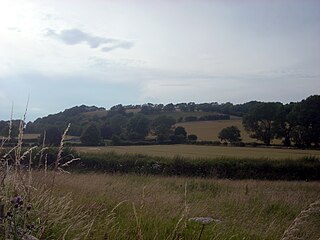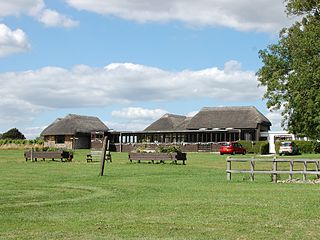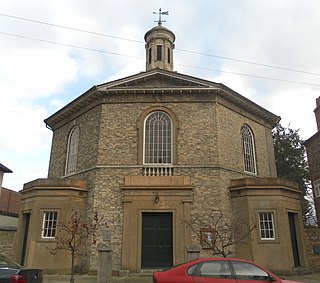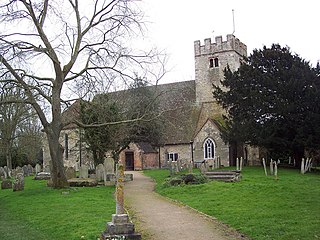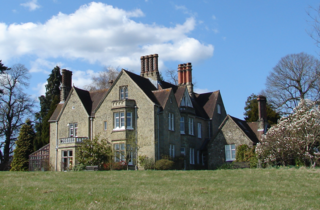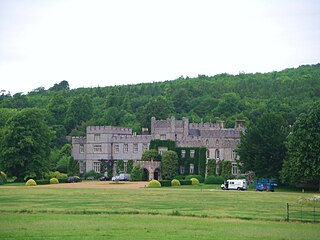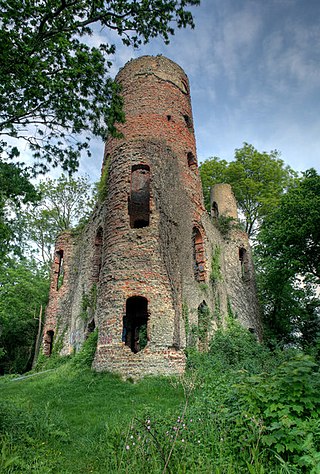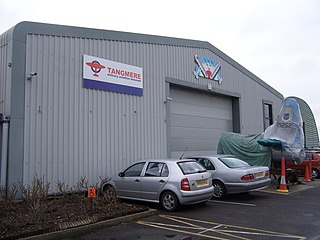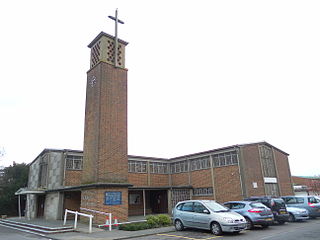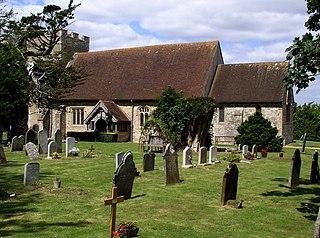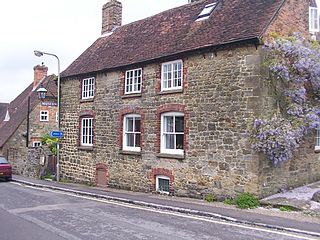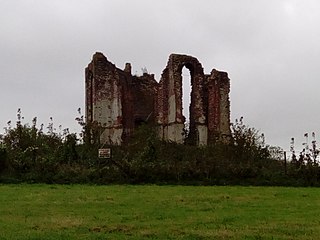25 Sights in Chichester, United Kingdom (with Map and Images)
Legend
Welcome to your journey through the most beautiful sights in Chichester, United Kingdom! Whether you want to discover the city's historical treasures or experience its modern highlights, you'll find everything your heart desires here. Be inspired by our selection and plan your unforgettable adventure in Chichester. Dive into the diversity of this fascinating city and discover everything it has to offer.
Sightseeing Tours in Chichester1. Manor Green Park.
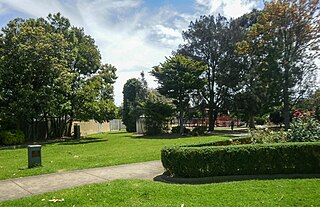
A park is an area of natural, semi-natural or planted space set aside for human enjoyment and recreation or for the protection of wildlife or natural habitats. Urban parks are green spaces set aside for recreation inside towns and cities. National parks and country parks are green spaces used for recreation in the countryside. State parks and provincial parks are administered by sub-national government states and agencies. Parks may consist of grassy areas, rocks, soil and trees, but may also contain buildings and other artifacts such as monuments, fountains or playground structures. Many parks have fields for playing sports such as baseball and football, and paved areas for games such as basketball. Many parks have trails for walking, biking and other activities. Some parks are built adjacent to bodies of water or watercourses and may comprise a beach or boat dock area. Urban parks often have benches for sitting and may contain picnic tables and barbecue grills.
2. Chichester Cathedral
Chichester Cathedral, formally known as the Cathedral Church of the Holy Trinity, is the seat of the Anglican Bishop of Chichester. It is located in Chichester, in West Sussex, England. It was founded as a cathedral in 1075, when the seat of the bishop was moved from Selsey.
Wikipedia: Chichester Cathedral (EN), Website, Heritage Website
3. Fishbourne Roman Palace
Fishbourne Roman Palace or Fishbourne Villa is in the village of Fishbourne, near Chichester in West Sussex. The palace is the largest known Roman residence north of the Alps, and has an unusually early date of 75 AD, around thirty years after the Roman conquest of Britain.
4. The Trundle
The Trundle is an Iron Age hillfort on St Roche's Hill about 4 miles (6 km) north of Chichester, West Sussex, England. It was built on the site of a causewayed enclosure, a form of early Neolithic earthwork found in northwestern Europe. Causewayed enclosures were built in England from shortly before 3700 BC until at least 3500 BC; they are characterized by the full or partial enclosure of an area with ditches that are interrupted by gaps, or causeways. Their purpose is not known; they may have been settlements, meeting places, or ritual sites. Hillforts were built as early as 1000 BC, in the Late Bronze Age, and continued to be built through the Iron Age until shortly before the Roman occupation.
5. Weald & Downland Open Air Museum
The Weald and Downland Living Museum is an open-air museum in Singleton, West Sussex. The museum is a registered charity. The museum covers 40 acres (16 ha), with over 50 historic buildings dating from 950AD to the 19th century, along with gardens, farm animals, walks and a mill pond.
6. Goodwood Motor Circuit
Goodwood Circuit is a historic venue for both two- and four-wheeled motorsport in the United Kingdom. The 2.367-mile (3.809 km) circuit is situated near Chichester, West Sussex, close to the south coast of England, on the estate of Goodwood House, and completely encircles Chichester/Goodwood Airport. This is the racing circuit dating from 1948, not to be confused with the separate hillclimb course located at Goodwood House and first used in 1936.
7. Chichester Festival Theatre
Chichester Festival Theatre is a theatre and Grade II* listed building situated in Oaklands Park in the city of Chichester, West Sussex, England. Designed by Philip Powell and Hidalgo Moya, it was opened by its founder Leslie Evershed-Martin in 1962. The smaller and more intimate Minerva Theatre was built nearby in 1989.
8. Blackdown
Blackdown, or Black Down, summit elevation 279.7 metres (918 ft) AMSL, is the highest point in both the historic county of Sussex and the South Downs National Park. It is one of the highest points in the south east of England, exceeded by Walbury Hill, Leith Hill and Pilot Hill. Blackdown is protected as part of the South Downs National Park.
9. Goodwood House
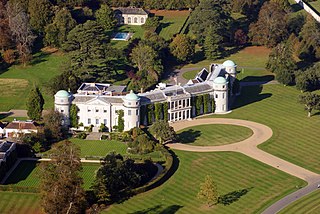
Goodwood House is a country house and estate covering 4,900 hectares (49 km2) in Westhampnett, Chichester, West Sussex, England and is the seat of the Duke of Richmond. The house was built in about 1600 and is a Grade I listed building.
10. Goodwood Racecourse
Goodwood Racecourse is a horse-racing track five miles north of Chichester, West Sussex, in England controlled by the family of the Duke of Richmond, whose seat is nearby Goodwood House. It hosts the annual Glorious Goodwood meeting in late July and early August, which is one of the highlights of the British flat racing calendar, and is home to three of the UK's 36 annual Group 1 flat races, the Sussex Stakes, the Goodwood Cup and the Nassau Stakes. Although the race meeting has become known as 'Glorious Goodwood', it is sponsored by Qatar and officially called the 'Qatar Goodwood Festival'.
11. St Wilfrid's Chapel
St Wilfrid's Chapel, also known as St Wilfrid's Church and originally as St Peter's Church, is a former Anglican church at Church Norton, a rural location near the village of Selsey in West Sussex, England. In its original, larger form, the church served as Selsey's parish church from the 13th century until the mid 1860s; when half of it was dismantled, moved to the centre of the village and rebuilt along with modern additions. Only the chancel of the old church survived in its harbourside location of "sequestered leafiness", resembling a cemetery chapel in the middle of its graveyard. It was rededicated to St Wilfrid—7th-century founder of a now vanished cathedral at Selsey—and served as a chapel of ease until the Diocese of Chichester declared it redundant in 1990. Since then it has been in the care of the Churches Conservation Trust charity. The tiny chapel, which may occupy the site of an ancient monastery built by St Wilfrid, is protected as a Grade I Listed building.
12. Torberry Hill
Torberry Hill is an Iron Age hillfort in the county of West Sussex, in southern England. It is a Scheduled Ancient Monument, with a list entry identification number of 1015966. The hill fort is located within the parish of Harting, within the South Downs National Park. The hill includes the remains of an Early Iron Age univallate hill fort, a Middle Iron Age promontory fort and a post-medieval post mill. The hill is a chalk spur projecting northwards from the South Downs.
13. Bignor Roman Villa
Bignor Roman Villa is a large Roman courtyard villa which has been excavated and put on public display on the Bignor estate in the English county of West Sussex. It is well known for its high quality mosaic floors, which are some of the most complete and intricate in the country. It is managed by the Bignor Roman Villa Charitable Trust, a registered charity.
14. St. John's Chapel
St John the Evangelist's Church is a redundant Anglican church in the cathedral city of Chichester in West Sussex, England. Built in 1812 to the design of James Elmes as a proprietary chapel, the octagonal white-brick "evangelical preaching house" reflects the early 19th-century ideals of the Church of England's evangelical wing before High church movements such as the Cambridge Camden Society changed ideas on church design. The Diocese of Chichester declared it redundant in 1973. Although worship no longer takes place in the building, its theatre-like design has made it a popular venue for concerts and musical events. The church is a Grade I Listed building.
15. St. Mary's Church
St Mary Our Lady is the parish church of Sidlesham in West Sussex, England. The family friendly church is down a short lane off the Chichester to Selsey road, by some thatched cottages. The current church originates from around 1200, probably on the site of an earlier Saxon church.
16. Cittaviveka
Cittaviveka, commonly known as Chithurst Buddhist Monastery, is an English Theravada Buddhist Monastery in the Thai Forest Tradition. It is situated in West Sussex, England in the hamlet of Chithurst between Midhurst and Petersfield. It was established in 1979 in accordance with the aims of the English Sangha Trust, a charity founded in 1956 to support the ordination and training of Buddhist monks (bhikkhus) in the West. The current abbot, since 2019, is Ajahn Ahimsako.
17. West Dean College of Arts and Conservation
West Dean College of Arts and Conservation is situated in the 6,350-acre (25.7 km2) West Dean Estate, of West Dean near Chichester. The Estate was formerly the home of the poet and patron of the arts Edward James. He was an avid admirer of the Surrealist movement, and formed one of the largest collections of their works during his lifetime. He inherited West Dean House and the estate after the death of his father, William Dodge James.
18. Racton Folly
Racton Monument is a folly on a hill in Racton, West Sussex, England with views over Chichester Harbour and to the Isle of Wight. It was commissioned by the 2nd Earl of Halifax, either as a summerhouse for the nearby Stansted Estate or so he could watch his merchant ships dock at the nearby port, Emsworth, on The Solent. One news report states that the lower level was also to be used for holding banquets.
19. Tangmere Military Aviation Museum
The Tangmere Military Aviation Museum is a museum located on the former site of RAF Tangmere, West Sussex. The museum was opened in June 1982. Many aerospace exhibits covering the First World War to the Cold War are on display including fixed-wing aircraft, helicopters and aircraft engines.
20. Market Cross
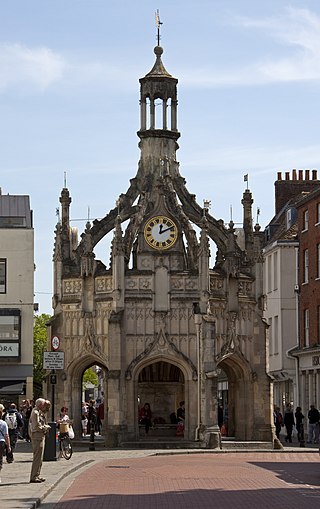
Chichester Cross is an elaborate Perpendicular market cross in the centre of the city of Chichester, West Sussex, standing at the intersection of the four principal streets. It is a Grade I listed building.
21. Guildhall
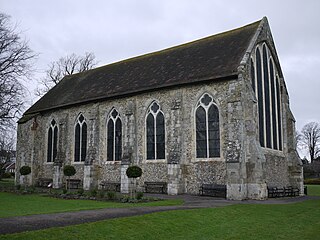
Chichester Guildhall is a building in Chichester, West Sussex, England. The name is a bit of a misnomer, as the building was constructed as a chancel by the Grey Friars of Chichester, an Order of Franciscans. The Grey Friars received the land, now called Priory Park, in a grant from Richard, Earl of Cornwall, in 1269. It is a scheduled monument.
22. St. Richard's R.C. Church
St Richard of Chichester Church is a Roman Catholic parish church in Chichester, West Sussex, England. The church was built in 1958 and contains the largest scheme of stained glass by Gabriel Loire in the United Kingdom. The church is situated on Market Avenue on the corner of Cawley Road, next to St Richard's Catholic Primary School. It is a Grade II listed building.
23. St James Church and community hall.
The parish church of St James, Birdham is situated on the Manhood Peninsula in Sussex. The area is a suburban extension of the city of Chichester, popular as a place to live and visit from its nearness to the city, Chichester Harbour and marina. The church was heavily restored in the nineteenth century, the then existing chancel being entirely replaced and the nave windows renewed. The sixteenth-century tower remains. The church has a grade 1 listing.
24. Petworth Cottage Museum
Petworth Cottage Museum, at 346 High Street, Petworth, West Sussex is a Leconfield Estate worker's cottage. It has been restored and furnished as it might have been in about 1910 when the occupier was a Mrs. Mary Cummings, an Irish Catholic. Mary worked as a seamstress at nearby Petworth House and at home. The collection also includes two oil on canvas paintings by an unknown artist. These show an exterior and an interior view of Petworth Gaol, or House of Correction, in the 1860s.
25. Vandalian Tower
The Vandalian Tower at Harting, West Sussex, England, is an 18th-century folly, built to commemorate the British colony of Vandalia, a short-lived colony that disappeared with the spread of America. It sits on the summit of Tower Hill.
Share
How likely are you to recommend us?
Disclaimer Please be aware of your surroundings and do not enter private property. We are not liable for any damages that occur during the tours.
